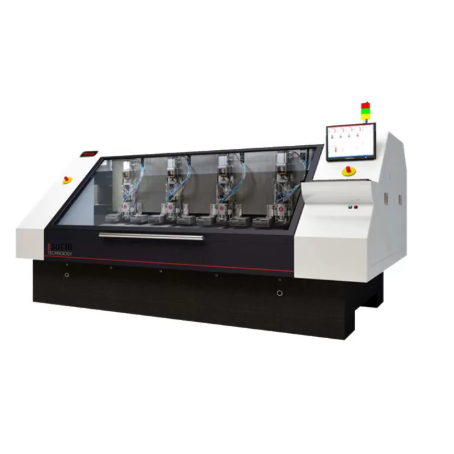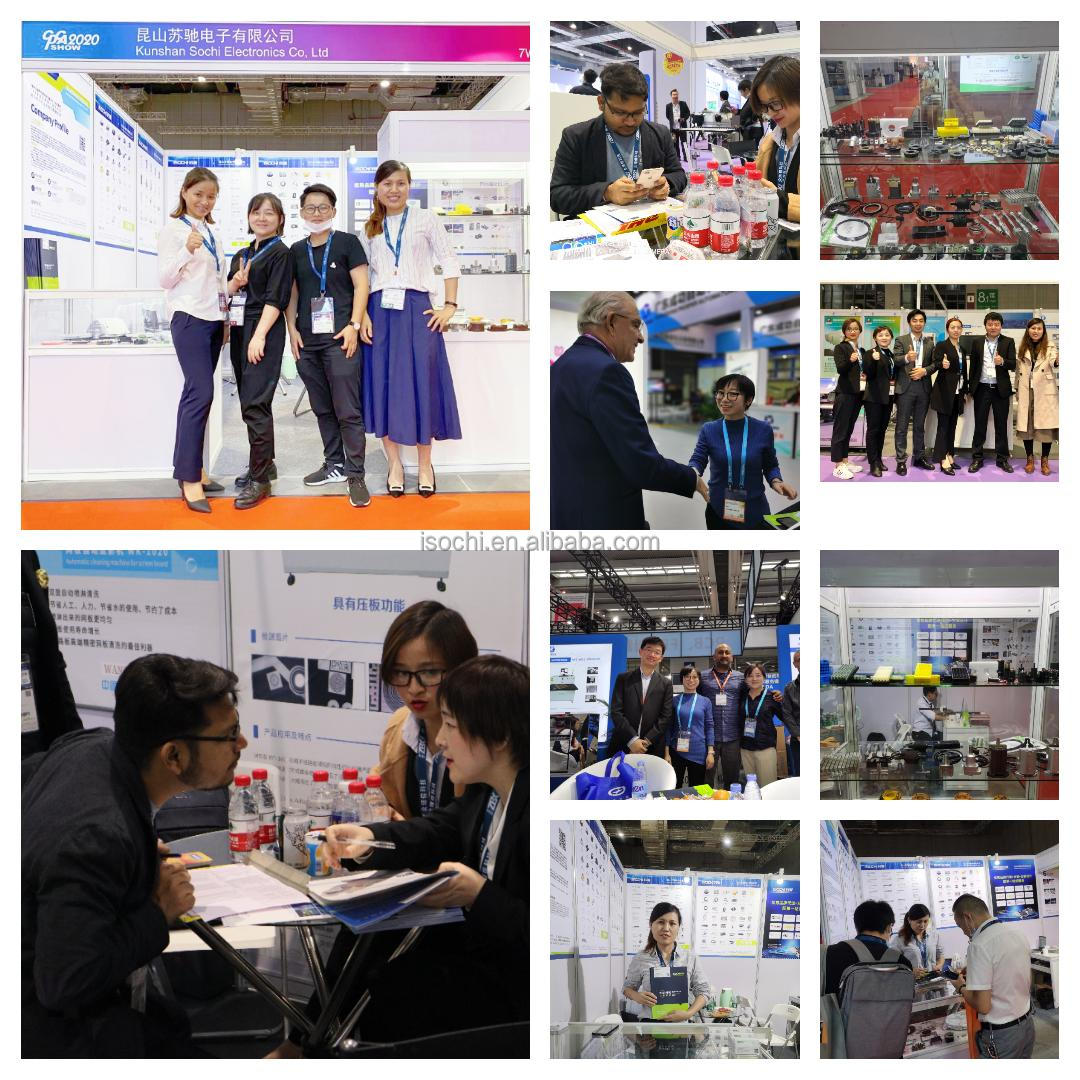From:sochi
The causes are as fellow. The drill bit is shifted during the drilling process; improper cover material; the hole position is shifted due to the rise and shrinkage of the base material; improper use of the positioning tools used; improper setting of the presser foot during drilling, which makes the production board move when it hits the pin; resonance during the operation of the drill bit; unclean or damaged spring chuck; production board, panel off-hole position or the whole stack position is shifted; the drill bit slips when it is in contact with the cover board; the surface of the aluminum sheet is scratched or creased when guiding the drill bit down; the drill bit is not punched with the pin; the drill bit is not shifted when it is in contact with the cover board. Sliding of the cover plate; scratch or crease on the surface of the aluminum sheet of the cover plate, which produces deviation when guiding the drill bit down; no pin is hit; the origin point is different; the adhesive paper is not firmly affixed; the X and Y axes of the drill machine show movement deviation; problematic program.

Solution:
A. Check whether the spindle is deflected.
B. Reduce the number of stacked boards, usually the number of stacked double-sided boards is 6 times the diameter of the drill while the number of stacked multi-layer boards is 2~3 times the diameter of the drill.
C. Increase the speed of the drilling nozzle or reduce the feed rate.
D. Check whether the drill nozzle meets the process requirements, otherwise re-sharpen it.
E. Check whether the drill tip and drill shank have good isocentricity.
F. Check whether the fixing state between the drill and the collet is tight.
G. Check and correct the stability and steadiness of the drilling worktable.
(2) Select a high-density 0.50 mm lime cover or replace the composite cover material (the upper and lower layers are aluminum foil of 0.06 mm thickness and the middle is fiber core with a total thickness of 0.35 mm).
(3) Bake the board before or after drilling according to the characteristics of the board (generally 145℃±5℃, baking for 4 hours shall prevail).
(4) Check or test the accuracy of the tool hole size and the position of the upper positioning pin for any offset.
(5) Check and reset the presser foot height, the normal presser foot height of 0.80mm from the board surface is the best presser foot height for drilling.

(6) Select the proper drill speed.
(7) Clean or replace the good collet.
(8) The panel is not loaded with pins, the pins of control panel are too low or loose, need to reposition and replace the pins.
(9) Choose a proper feed rate or choose a drill with better bending strength.
(10) Replace the aluminum sheet of the cover with a flat surface without creases.
(11) Perform the pinning operation as required.
(12) Record and verify the origin point.
(13) Place tape sticker at 90o right angle to board edge.
(14) Give feedback and notify the mechanic to commission and repair the rig.
(15) Check out and notify engineering for modification.